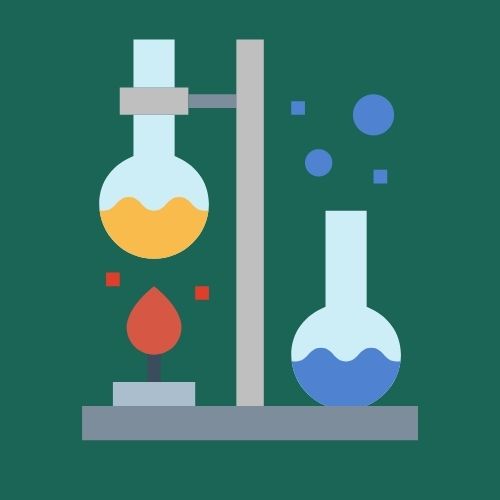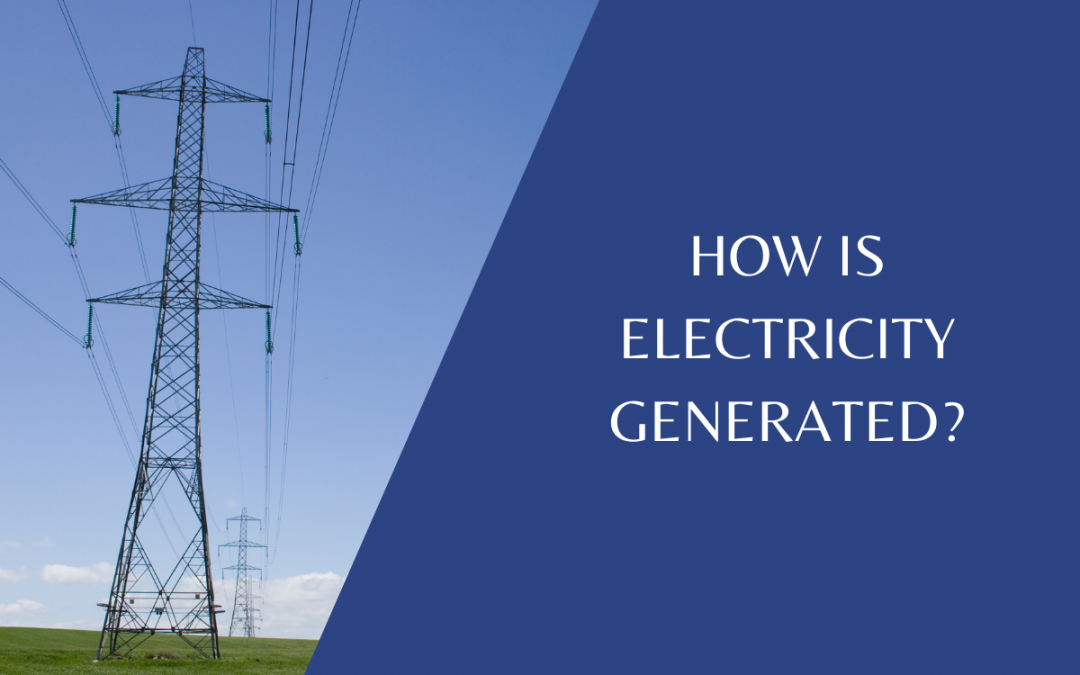Do you know how Electricity is generated and transferred to our homes?
Have you ever been moaned at for wasting electricity?
Do you know how to calculate how much it costs to use certain appliances in the home?
We take a look at answering these questions and showing you what you need to know at KS3 for explaining how electricity is generated. There are different resources that can be used to generate electricity. We will look at these as renewable and non-renewable resources, and the advantages and disadvantages of each. Once the electricity has been generated we then use it for a variety of appliances, thanks to the national grid. Electricity has to be paid for and we explore how to calculate this for different appliances and what you need to know to work this out.
💡 Generating Electricity
Traditionally electricity is generated in a power station and you may be expected to recognise some of the energy transfers and stores involved as this links with the Energy topic. You need to be able to name and identify that the following is used in a power station, a boiler, a turbine, a generator and then the national grid. At KS4 you need to be able to explain what happens at each stage, for KS3 you need to know these and the order they work in, it is important to know the role of the turbine and generator. Remember that different fuels/resources can be used to generate electricity.
⚡️ Non-Renewable Resources
This is very simple as it is referring to fossil fuels and nuclear fuel. These fuels cannot be easily replaced. Fossil fuels; coal, oil and gas need to be mined for and take millions of years to form so we are unable to replace them in our lifetime. Students are expected to identify non-renewable resources and explain some of the advantages and disadvantages of using them. Make sure you have two examples for each. For disadvantages be sure to include they cannot be replaced easily and that they contribute to high levels of pollution. An advantage is they only take minutes to burn transferring energy quickly.
💡 Renewable Resources
There are a variety of renewable energy resources that can be used to generate electricity. These include; solar cells, wind turbines and waves. At KS4 you will learn the details of how these work to generate electricity, at KS3 you need to know they can be used and any advantages and disadvantages that come with using renewable resources. For instance the weather is not guaranteed so although it is always there the sun may not always shine and the wind may not always blow, limiting the amount of electricity that these resources can generate on a specific day. One of the main reasons people are encouraged to use renewable energy resources is that it dramatically reduces pollution as there are no fuels being burned.
⚡️ Cost of Electricity
This involves a couple of key equations that you need to learn, some units to remember depending on what the question is asking you to calculate and some maths to work out the answer. The two calculations we recommend you start with are:
Energy Transferred = Power x Time
and
Cost = Energy transferred x Price per kWh
You need to know how to calculate the energy transferred from an appliance, to do this you must know the power of the appliance and the time it is being used for! Once you have calculated the energy transferred you will be given the price per kWh so you can then calculate the cost of running that appliance for a set time period. The units you need to be using for these calculations include Joules, (J) and Kilowatts per hour (kWh) for energy transferred. For power the units are Watts (W) or Kilowatts (kW) and time is hours (h) or seconds (s).
Often you will need to calculate the energy transferred and then you will be given the value for price per kWh so you calculate the cost of running an appliance for a set time. Once you have practised this it really is straightforward and we would recommend that you revisit it now and again to make sure you remember the process.
These 4 top tips are essential for your KS3 science understanding of the electricity topic. SO make sure you know all the key ideas and can answer a variety of different questions on this topic. Remember if it involves a lot of maths and you need to be confident with the equations and in KS4 you will need to learn the equations as well as you will not always be given them in a test.
Don’t forget to get in touch if you have any questions or would like some help with your KS3 science learning to fill in any knowledge gaps you have.
KEEP UP TO DATE - DON'T MISS OUT!
Our regular newsletters are filled with helpful and interesting information to help you with your Science at school

